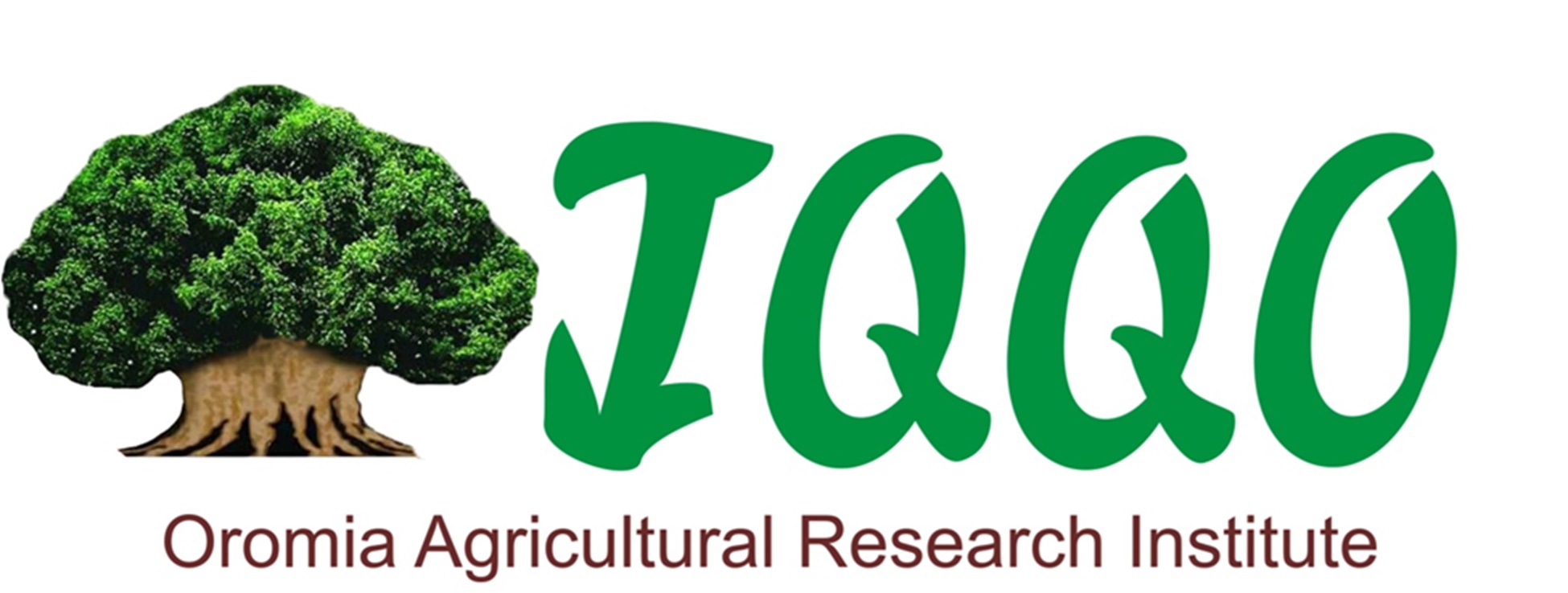Natural Resource Research Directorate
Introduction
Agricultural potential relies on a country's natural resource potentials, with Oromia being the leading region in contributing to agricultural growth and economic development. Agriculture is essential for food security and economic growth, but it faces challenges such as population pressure, food insecurity, poverty, and resource degradation. These issues can be addressed through agricultural science and technologies, leading to increased productivity per unit area and input. Sustainable increased agricultural productivity can be achieved through integrated natural resource management technology packages, which are top priorities in the agriculture sector of Oromia and the country. Investment in natural resource research has long-term economic benefits and environmental sustainability. Knowledge and technology-based conservation and utilization of natural resources are crucial for sustainable food production.
Natural Resource Research Centers
Twelve of the institute's 17 research centers are devoted to the natural resources research. These centers are
- Adami Tulu Agricultural Research Center (East Shewa Zone);
- Bako Agricultural Research Center (East Wollega Zone);
- Bore Agricultural Research Center (Guji Zone);
- Fadis Agricultural Research Center (East Hararghe Zone);
- Haro Sebu Agricultural Research Center (Kellam Wollega Zone);
- Mechara Agricultural Research Center (West Hararghe Zone);
- Sinana Agricultural Research Center (Bale Zone);
- Yabello Pastoral and Dry-land Agriculture Research Center (Borena Zone);
- Fitche Soil Research Center (North Shewa Zone);
- Nekemte Soil Research Center (East Wollega Zone); and
- Batu Soil Research Center (East Shewa Zone).
These centers carry out natural resource research based on the primary agricultural constraints in each of their unique agro-ecologies and farming systems within the various agro-ecologies of Oromia.
General objective
- To protect, maintain, and improve the productivity of natural resources through integrated technology packages for natural resource management and by enhancing agricultural production and productivity in order to increase societal living standards based on sustainable natural resource bases.
Specific objectives
- To assess, characterize, classify and map fertility status of agricultural soils
- To maintain and improve productivity of agricultural soils/lands
- To manage and improve productivity of soils with limitations (acidity, salinity and Vertisols, and others)
- To increase agricultural productivity and production through integrated land/soil management technology packages based on agro-ecologies and farming/pastoral systems
- To assess, characterize, classify and map forest resources
- To maintain and improve productivity of forest resources through integrated forest management technology packages and
- To undertake research on agriculture-climate/weather relationships in sustaining productivity and production of agriculture



